
Here are today’s most important updates from the realm of Science and Space.
ISRO Aims to Build Lunar Station for Moon Missions by 2040
The Indian Space Research Organisation (ISRO) is planning to develop a lunar space station by 2040 to solidify country's commitment to space exploration. This ambitious project comes on the heels of India's successful Chandrayaan-3 mission, which marked the country become the fourth to achieve a soft landing on the lunar surface. ISRO has outlined a 3-phase strategy to India's lunar exploration program during a recent symposium. This lunar outpost is projected to serve as the main hub for scientific research, resource utilisation, and potentially as a stepping stone for future deep space missions. Meanwhile, India's first space station in low Earth orbit, Bharatiya Antariksha Station (BAS) is scheduled to launch by 2035.
Celestial Crime Scene: Experts Puzzled Over Space Whodunit
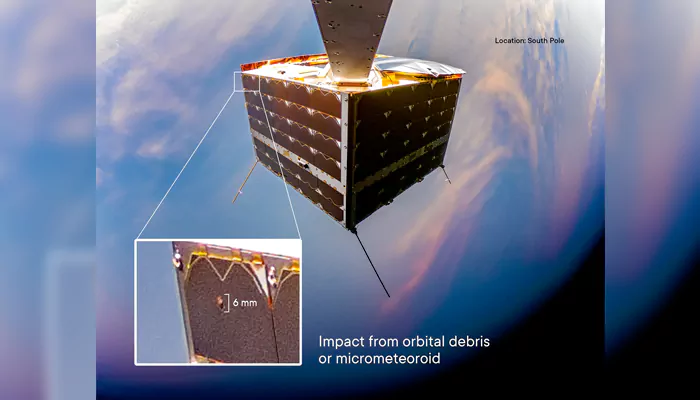
The satellite company NanoAvionics released images showing the damage caused to its MP42 satellite, launched in 2022. The satellite was designed to host multiple instruments for different customers. "Whether this impact was from a micrometeoroid or a piece of space debris, the collision highlights the need for responsible space operations in orbit and makes us reflect on satellite resilience against these types of events," NanoAvionics wrote on social media. It's still a mystery how the damage happened as there is no real time footage. The company has raised concerns about the importance of more responsible space operations.
Ripple Effect: Hurricane Helene Shakes Up Earth's Upper Atmosphere, NASA Shows
Hurricane Helene made landfall on Sept. 26, roaring across the Gulf Coast of Florida.
— NASA Sun & Space (@NASASun) November 7, 2024
New imagery from NASA’s Atmospheric Waves Experiment reveal that the hurricane’s effects also reached the edge of space.
More: https://t.co/hZJviuSDt6
🖼️: Utah State University pic.twitter.com/Z9Emdt46Dy
(Credit - X/@NASASun)
NASA's Atmospheric Waves Experiment (AWE), mounted on the International Space Station (ISS) recorded the celestial impact of Hurricane Helene which has killed over 100. It was a Category 4 storm that conjured speeds up to 225 km/hr when it made landfall on the Florida coast. Meanwhile, Atmospheric Gravity Waves are ripples caused in the atmosphere when the air is disturbed and oscillates, which got impacted by the hurricane. The AWE instrument detects these waves by measuring airglow — a faint light given off by gases in the mesosphere. “Like rings of water spreading from a drop in a pond, circular waves from Helene are seen billowing westward from Florida's northwest coast,” said Ludger Scherliess, AWE principal investigator at Utah State University in Logan.
From Shadows to Spectrums: Study Maps When Animals Began Seeing in Colour
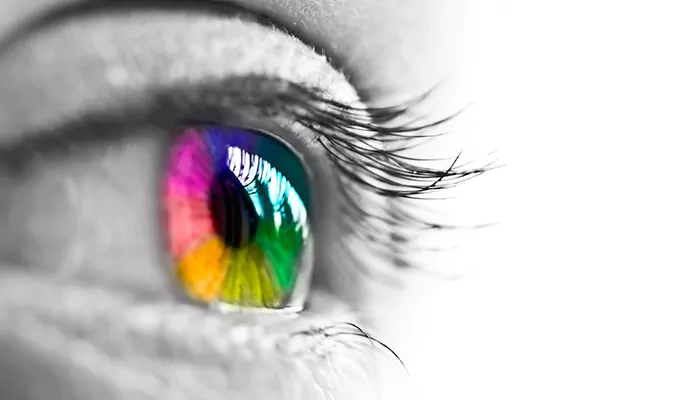
A team of researchers at the University of Arizona has shared insights about the evolution of colour vision and colour signalling in animals. The research reveals that colour vision in animals evolved at least 500 million years ago, significantly predating the emergence of colourful fruits and flowers. These vibrant colours includes red, yellow, orange, blue, and purple, which played important roles in communication within and among species. "Warning signals are at least five times more widespread. That's the overall pattern," noted the lead author and Professor John J. Wiens. The study raises intriguing questions about the factors driving the ability of animals to perceive specific colours.

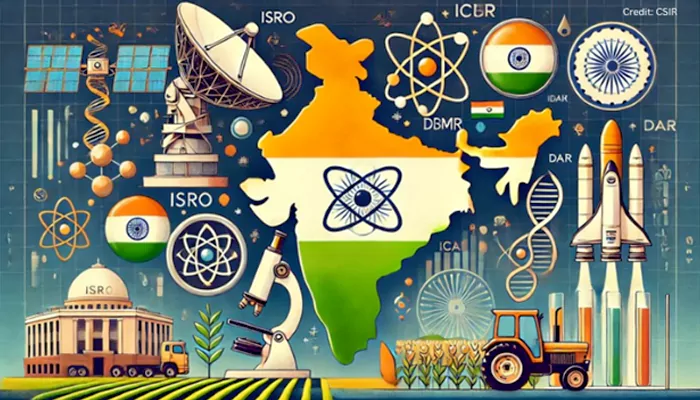

.webp)
.WEBP)
.WEBP)
.webp)
.webp)
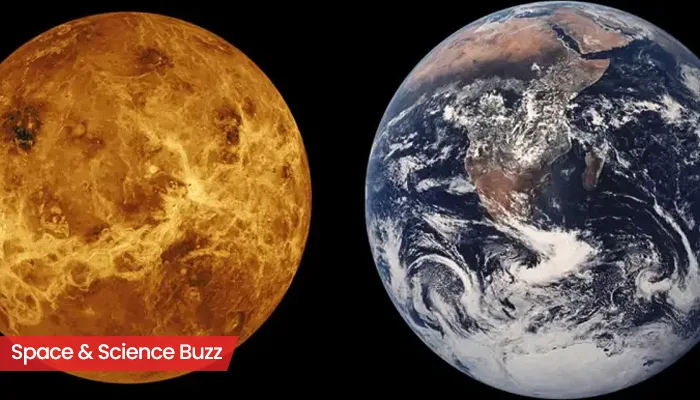
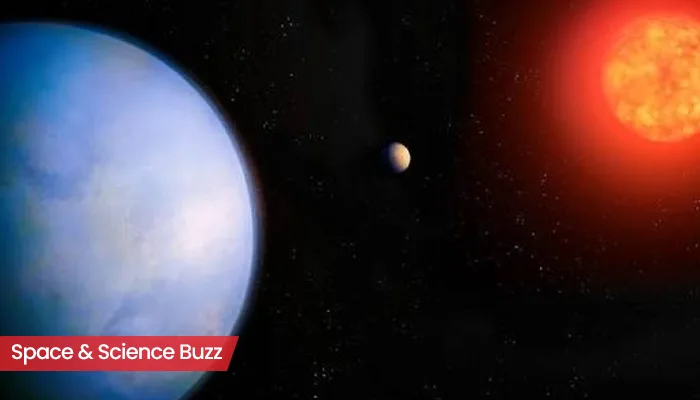
.webp)
.webp)
.webp)